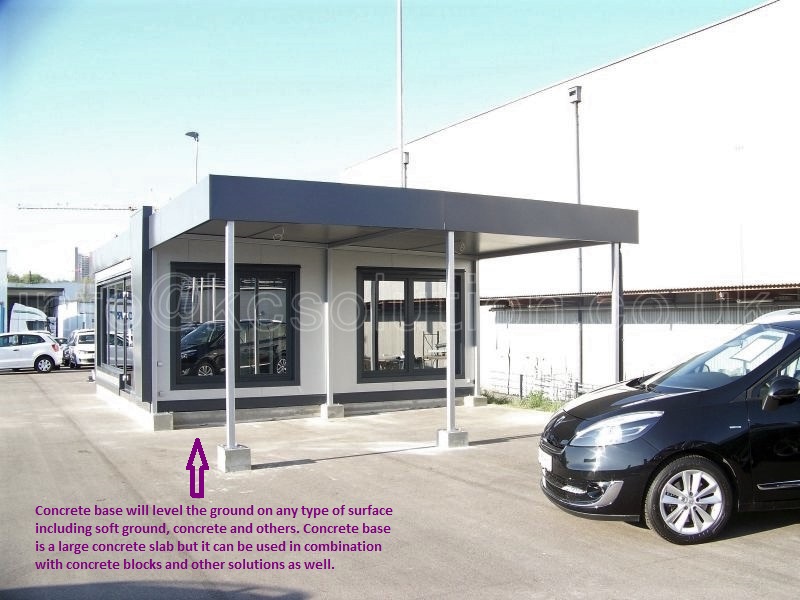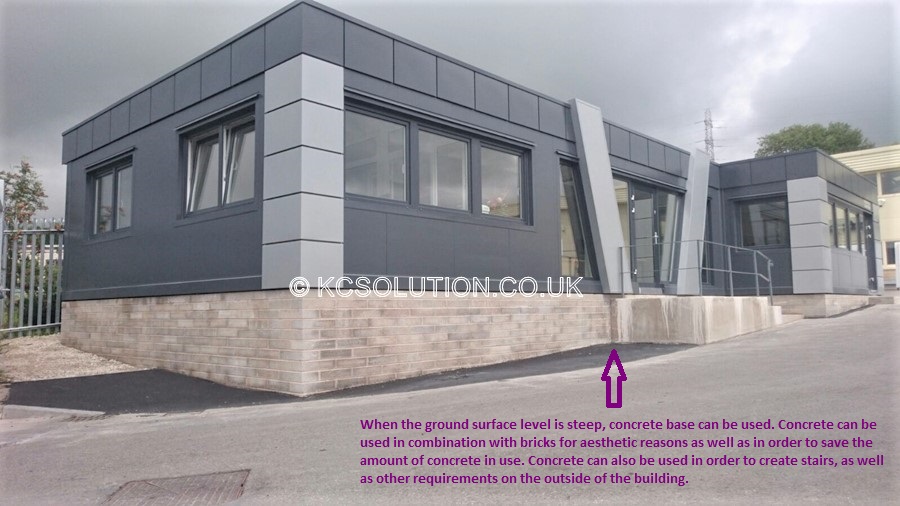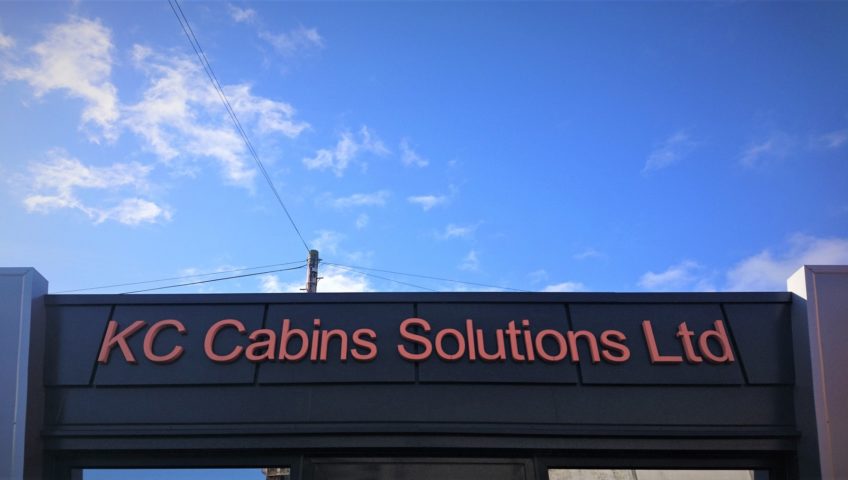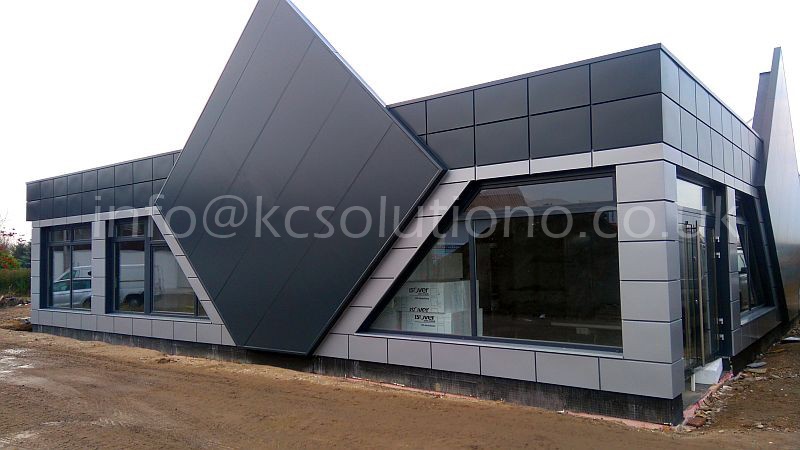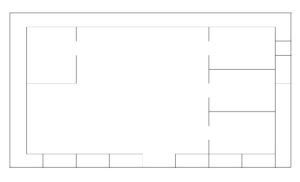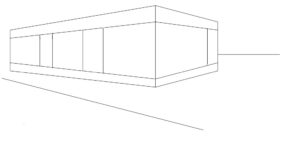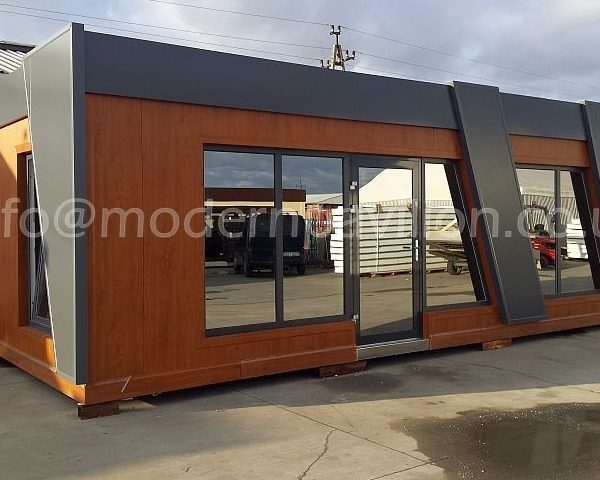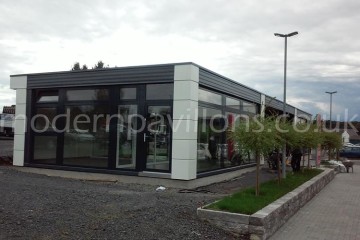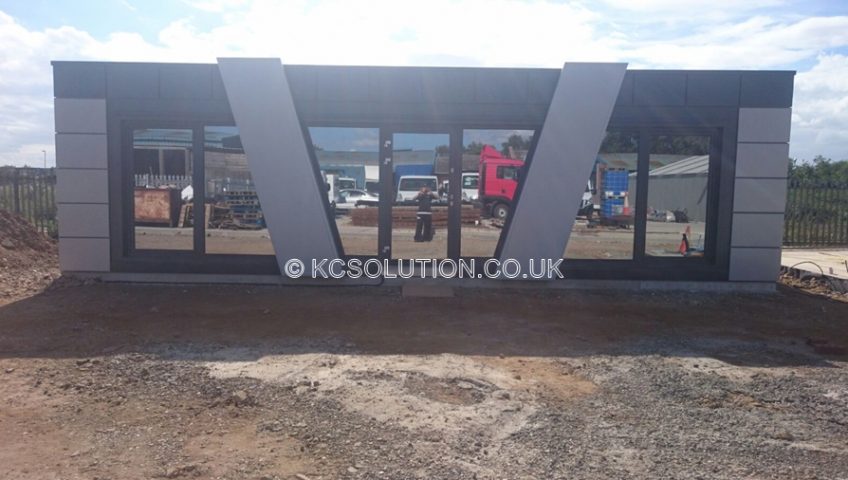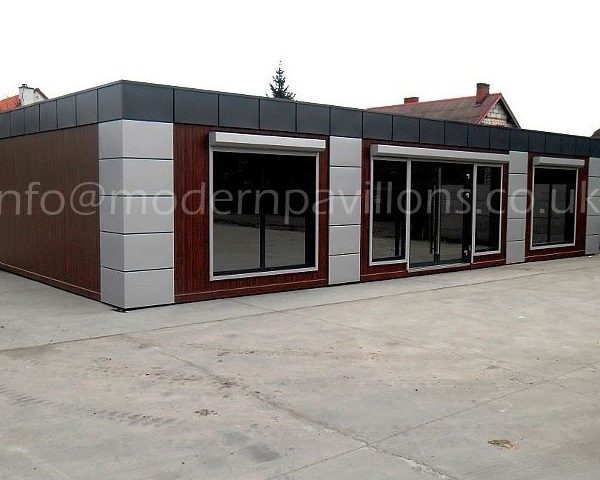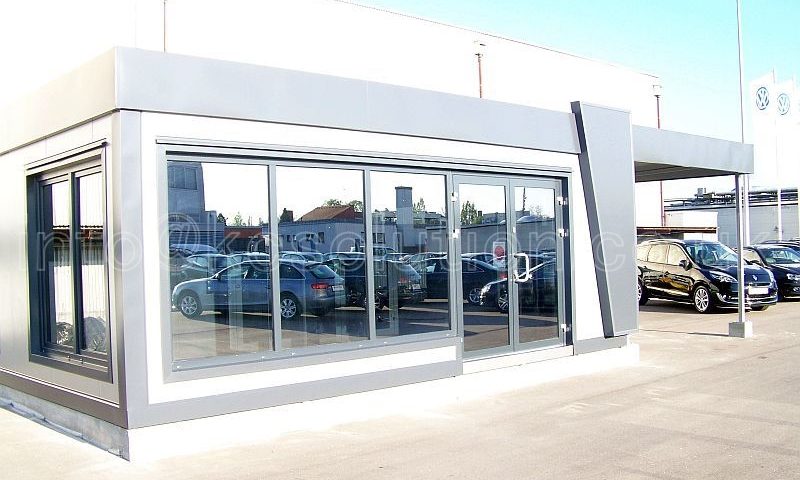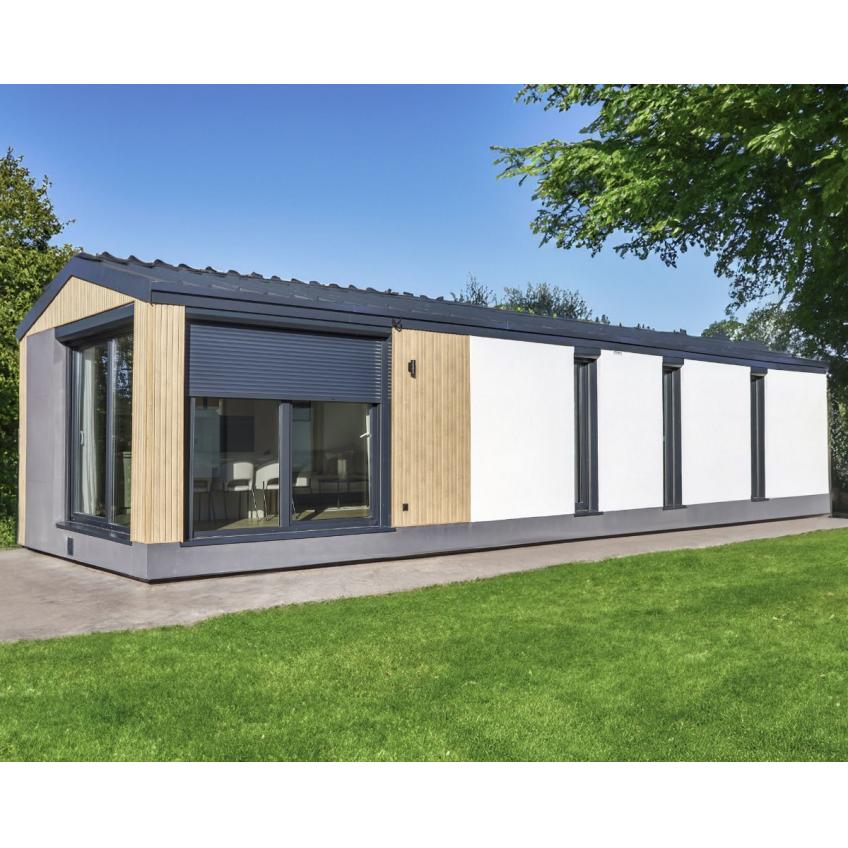
Our Luxury passive park homes

no images were found
Where luxury meets sustainability
Holiday parks are increasingly looking to invest in smaller, luxury lodges to attract more discerning guests and adapt to the evolving market demands.
Here are five reasons why holiday parks should consider acquiring smaller luxury lodges instead of lower-specification options in 2024:
- Targeting a Wealthy buyer clientele:
- Luxury lodges appeal to a growing segment of Affluent voyagers willing to pay more for a premium experience.
- These guests generally look for elegant and cozy accommodations that offer top-notch amenities and services..
- Luxury lodges offer a more intimate and personalized experience, which these consciousness seekers favour.
- Enhancing Occupancy Rates:
- Smaller lodges can be leveraged more effectively, resulting in increased occupancy rates and improved revenue potential.
- They take up less space and can be arranged closer together, making it possible to accommodate more guests in a smaller area.
- Furthermore, smaller lodges can be rented out more conveniently on a nightly or weekly basis, contributing to revenue maximization.
- Minimizing Maintenance Expenses:
- With a reduced footprint, our lodges demand less maintenance and repair work, leading to substantial cost savings for holiday parks, where maintenance typically constitutes a significant expense.
- Adjusting to Evolving Trends:
- The holiday industry is perpetually changing, with travelers becoming more discerning regarding their accommodation choices.
- Luxury lodges are ideally suited to adapt to these evolving trends, providing a chic and contemporary alternative to conventional park home lodges.
- Environmental Advantages:
- Smaller lodges have a reduced environmental impact when compared to their larger counterparts.
- They need less energy for heating and cooling while generating less waste.
- Additionally, they can be produced more rapidly and have a lower carbon footprint due to decreased labor and transportation requirements, which further diminishes their environmental impact.
Additional Factors to Keep in Mind:
- The Emergence of Glamping:
- Luxury mini-lodges are a perfect fit for the glamping trend, which combines the adventure of camping with high-end accommodations. This trend has surged in popularity as travelers seek distinctive and thrilling vacation experiences that include top-notch interiors, state-of-the-art smart technology, and a range of amenities designed for discerning guests.
- The Growing Popularity of Staycations:
- The COVID-19 pandemic during 2020 and 2021 led to a significant increase in the desire for staycations, as travelers looked for alternatives to overseas trips. Luxury mini-lodges emerged as a convenient and safe option, allowing individuals to enjoy a holiday at home while still experiencing comfort and top-notch amenities.
While larger holiday lodges still hold a position in the market, they are increasingly perceived as outdated and less attractive to many prospective customers. The demand for smaller, more luxurious lodges is anticipated to keep rising in the years ahead.
In conclusion, there are many persuasive reasons for holiday parks to invest in smaller, luxury mini-lodges. These lodges can draw in more selective guests, optimize occupancy rates, reduce maintenance expenses, adjust to evolving trends, and offer environmental advantages.

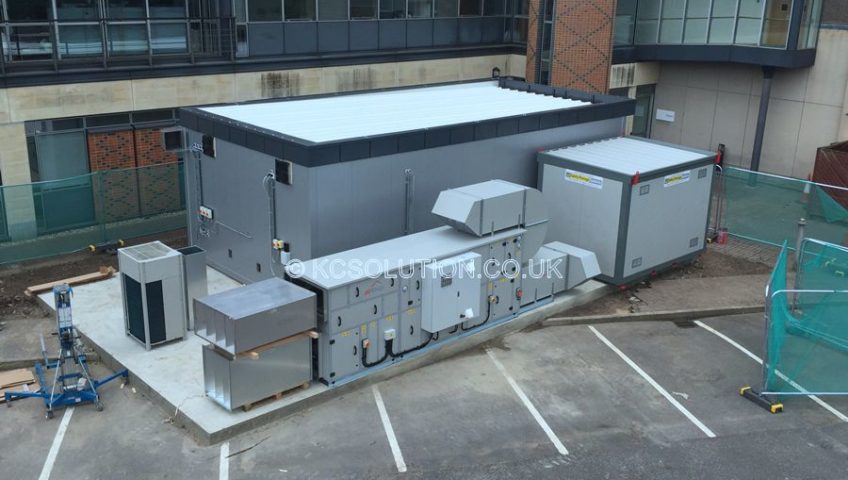
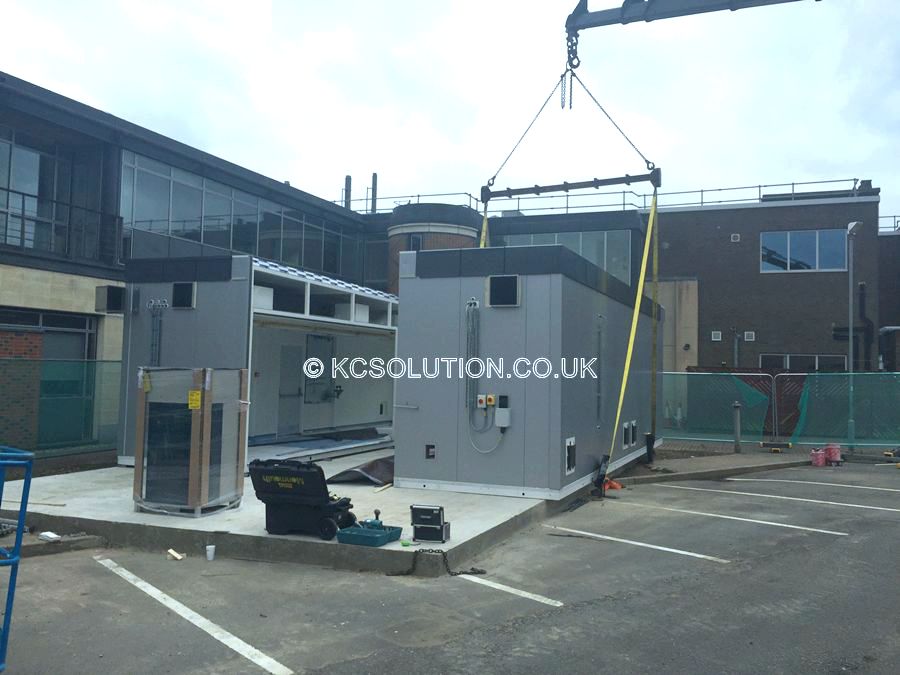


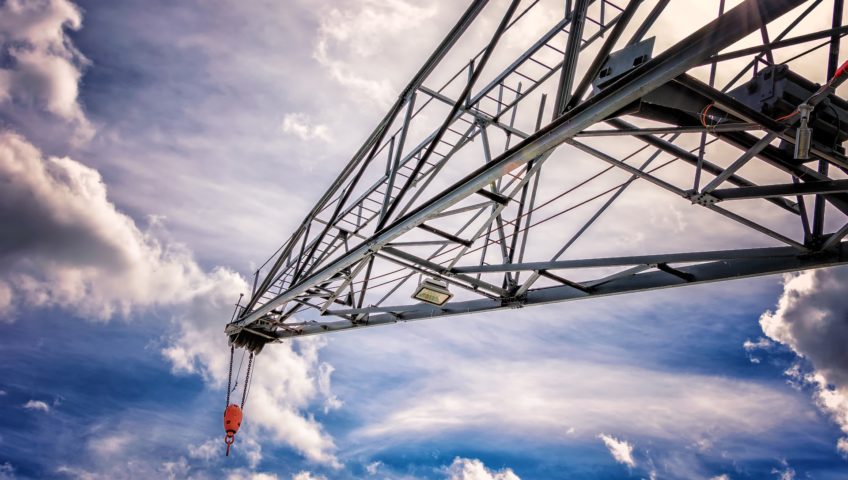

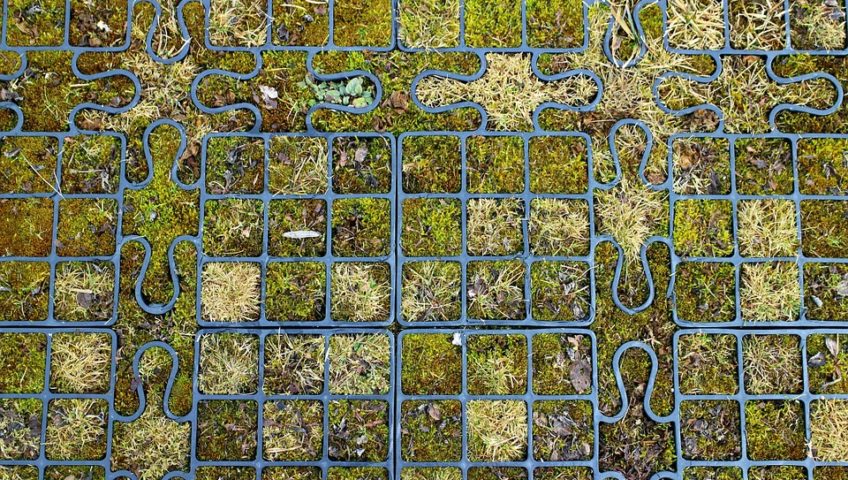
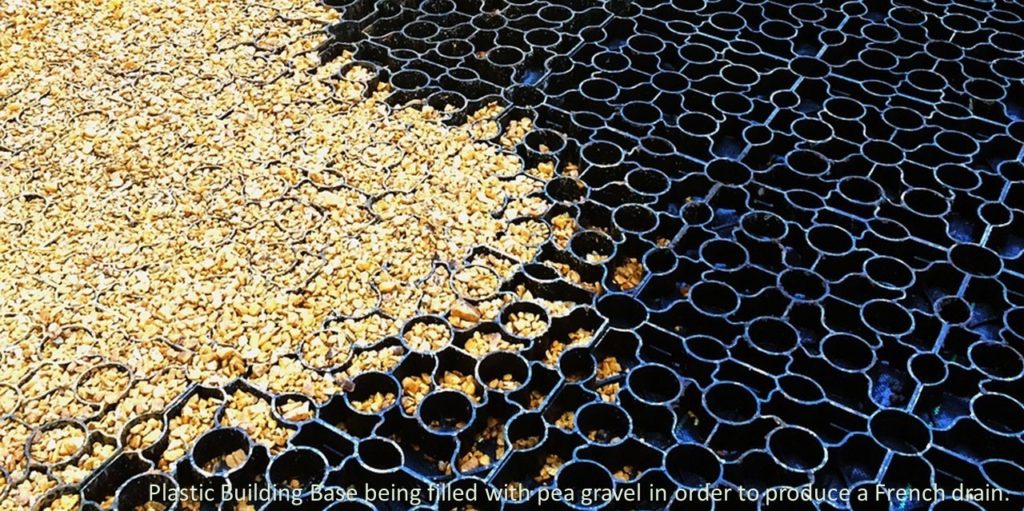
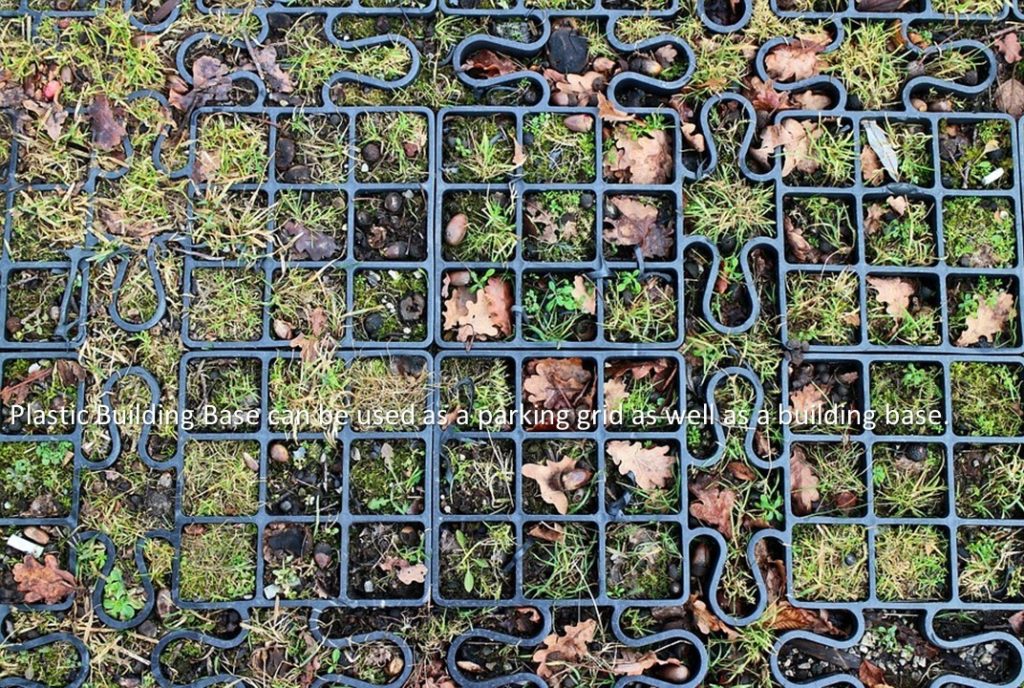

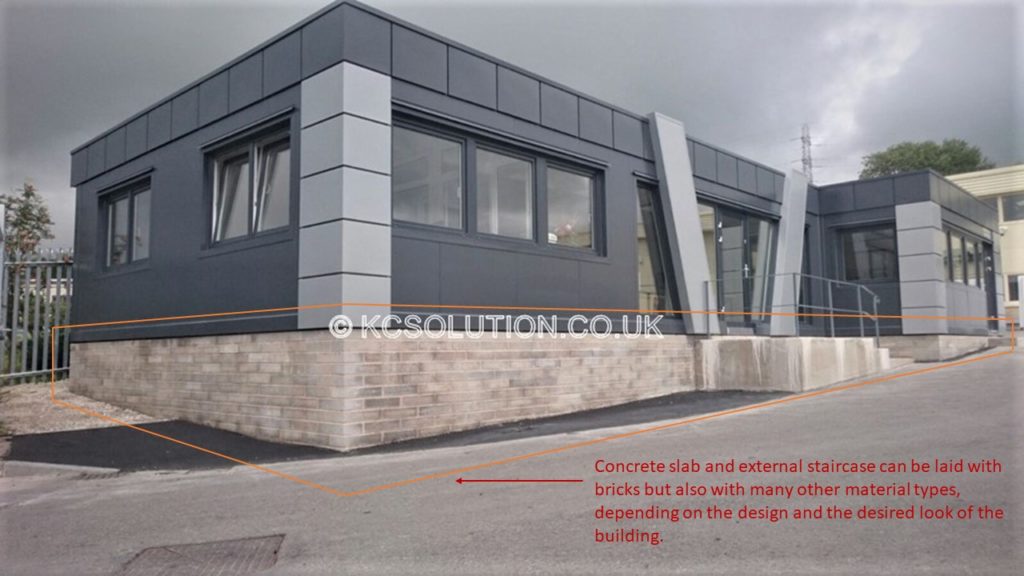

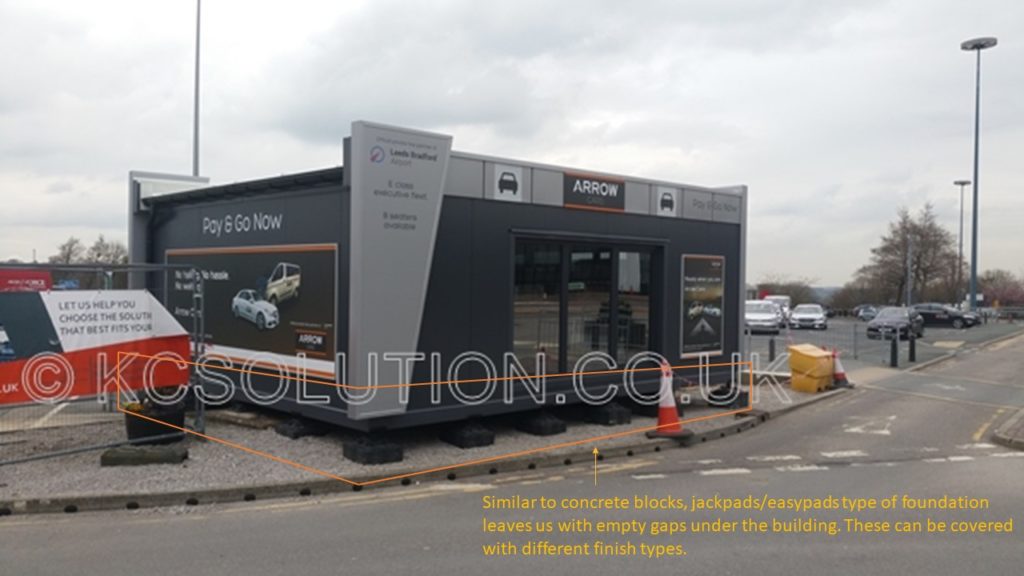


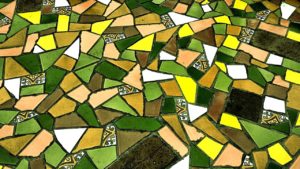
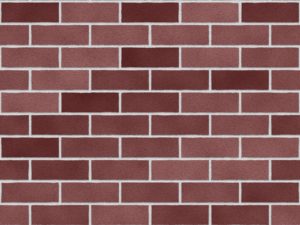

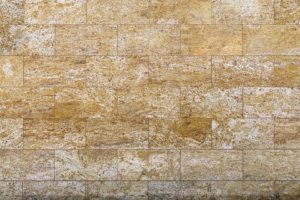
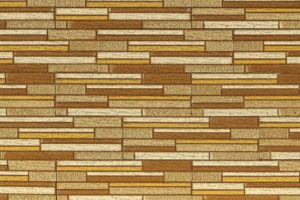 Other than given examples here, bricks are also presented on the picture of a concrete slab foundation example at the top of this article. It is a choice often made by our clients as a foundation finish which makes bricks the most popular option for the foundation design. There is a variety of different colors and sizes of bricks you can choose from as well as the option of going for clinker bricks. If you want to go for the simplicity of bricks, it is a quick decision leaving you with a simple choice of color and size. Clinker bricks present us with a greater diversity of designs. If you are feeling adventurous and you will decide on the use of clinker bricks, you can choose from within varied styles retaining some of the visual aesthetic of a brick at the same time.
Other than given examples here, bricks are also presented on the picture of a concrete slab foundation example at the top of this article. It is a choice often made by our clients as a foundation finish which makes bricks the most popular option for the foundation design. There is a variety of different colors and sizes of bricks you can choose from as well as the option of going for clinker bricks. If you want to go for the simplicity of bricks, it is a quick decision leaving you with a simple choice of color and size. Clinker bricks present us with a greater diversity of designs. If you are feeling adventurous and you will decide on the use of clinker bricks, you can choose from within varied styles retaining some of the visual aesthetic of a brick at the same time.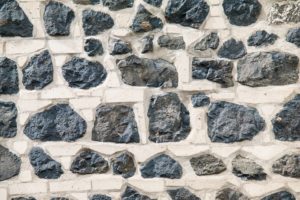

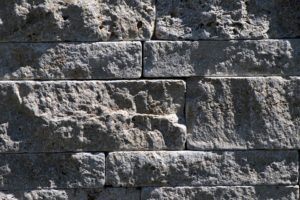
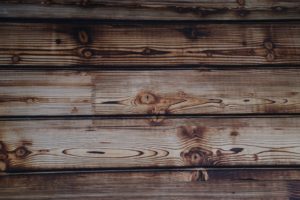
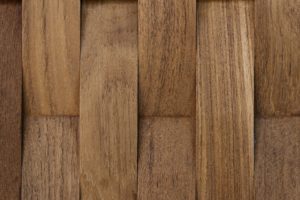
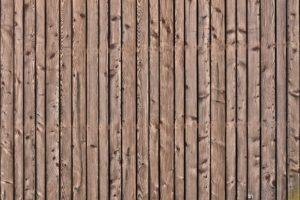
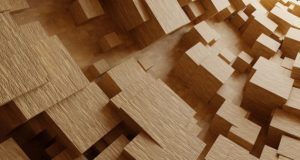


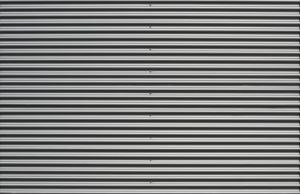
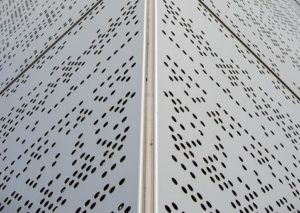




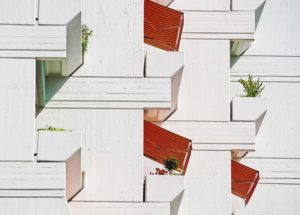
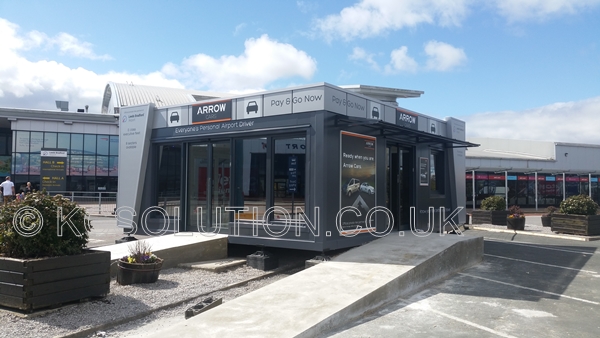
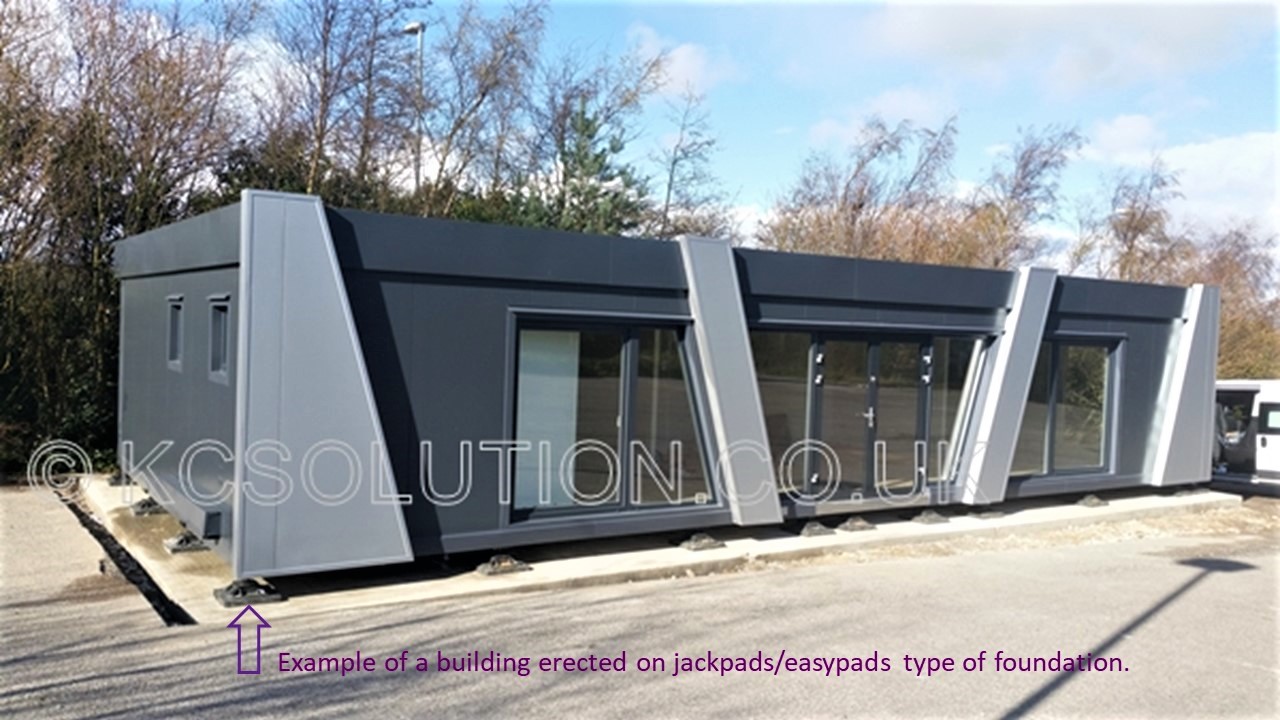 Our focus goes to jackpads/easypads for the current article. Let us start by clarifying that jackpads and easypads are almost identical products made by different brands. In our opinion, both are ok to use. We do not tend to advise on brands but rather on product types. Jackpads/easypads are ready to use when bought off the shelf, similar to concrete blocks in this sense.
Our focus goes to jackpads/easypads for the current article. Let us start by clarifying that jackpads and easypads are almost identical products made by different brands. In our opinion, both are ok to use. We do not tend to advise on brands but rather on product types. Jackpads/easypads are ready to use when bought off the shelf, similar to concrete blocks in this sense. 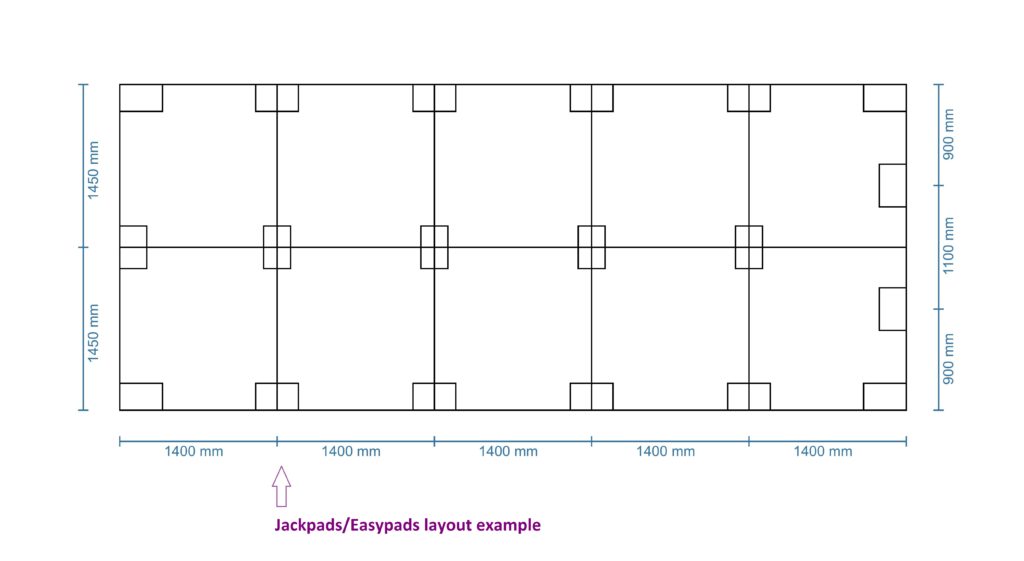 Jackpads/easypads layout is prepared by an architect and a client is provided with the layout drawings in order to prepare the surface prior to modular building arrival.
Jackpads/easypads layout is prepared by an architect and a client is provided with the layout drawings in order to prepare the surface prior to modular building arrival.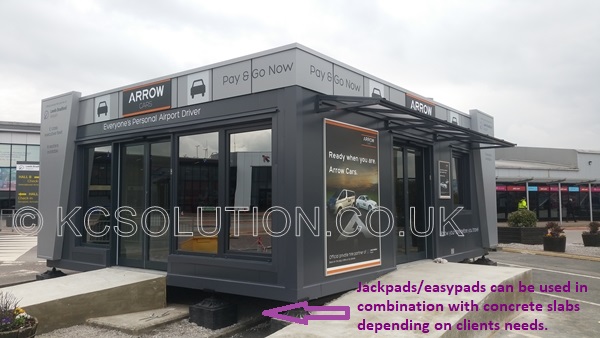 An additional advantage of jackpads/easypads use is the possibility of combining them together with a concrete slab. It is particularly useful if there is a need for access ramp construction and/or the outside staircase. Jackpads/easypads are therefore one of the most flexible and convenient ways of preparing the surface under a modular building.
An additional advantage of jackpads/easypads use is the possibility of combining them together with a concrete slab. It is particularly useful if there is a need for access ramp construction and/or the outside staircase. Jackpads/easypads are therefore one of the most flexible and convenient ways of preparing the surface under a modular building. 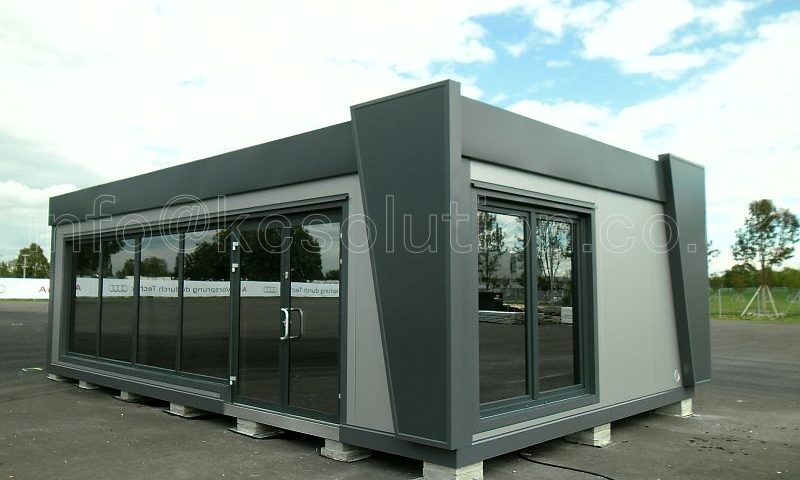
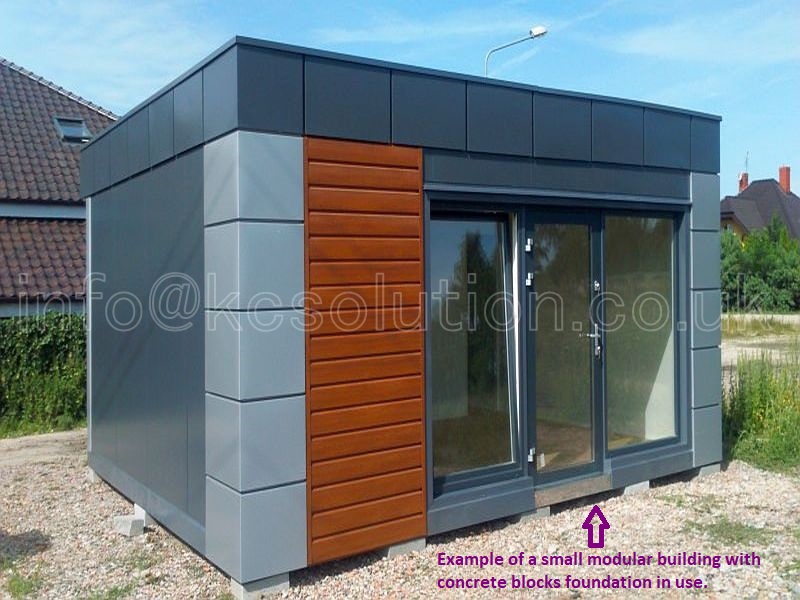
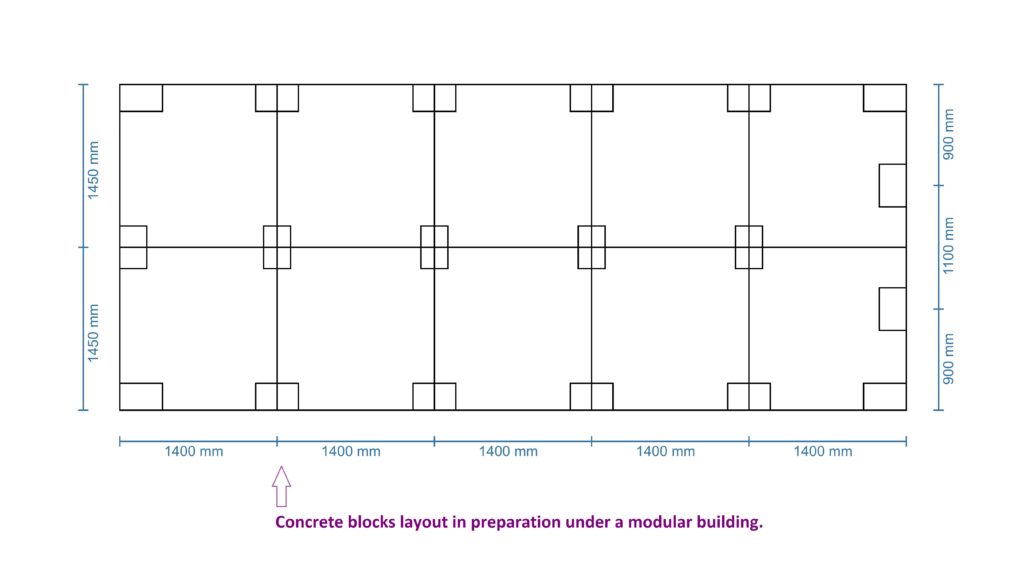


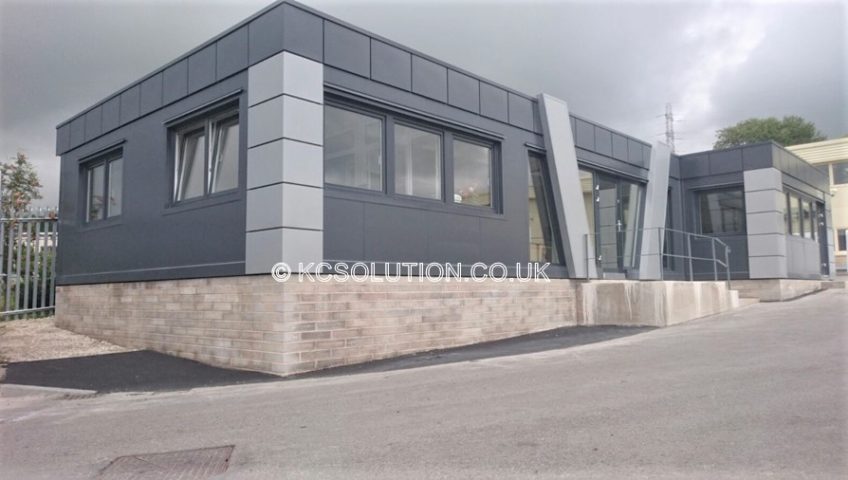
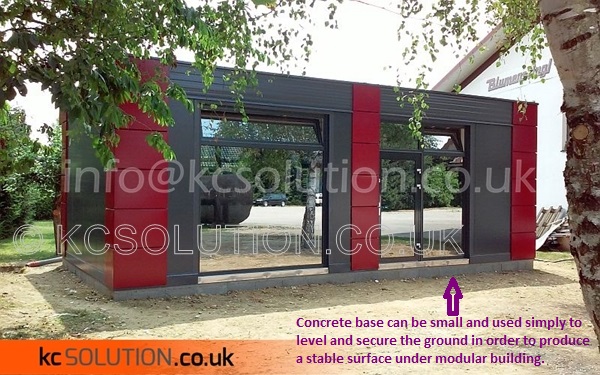 We need to remember that weight of an empty building is spread out evenly at first, but as soon as we put furniture in, some areas within the building interior will be holding more weight and naturally putting more stress onto the foundation. This is completely natural but if for any reason, the foundation is not leveled properly, we may start noticing problems such as difficulties with shutting windows and doors. Particularly if the construction is to be undertaken on a soft ground, large slab of concrete base will prevent building foundation settlement on any of the sides resulting in preventing mentioned problems. If prepared in the right manner, the conrete base is a very stable and safe ground. When the ground base is looked at, discussed with our architect and prepared in the right manner, all potential problems with building settlement will be avoided.
We need to remember that weight of an empty building is spread out evenly at first, but as soon as we put furniture in, some areas within the building interior will be holding more weight and naturally putting more stress onto the foundation. This is completely natural but if for any reason, the foundation is not leveled properly, we may start noticing problems such as difficulties with shutting windows and doors. Particularly if the construction is to be undertaken on a soft ground, large slab of concrete base will prevent building foundation settlement on any of the sides resulting in preventing mentioned problems. If prepared in the right manner, the conrete base is a very stable and safe ground. When the ground base is looked at, discussed with our architect and prepared in the right manner, all potential problems with building settlement will be avoided.